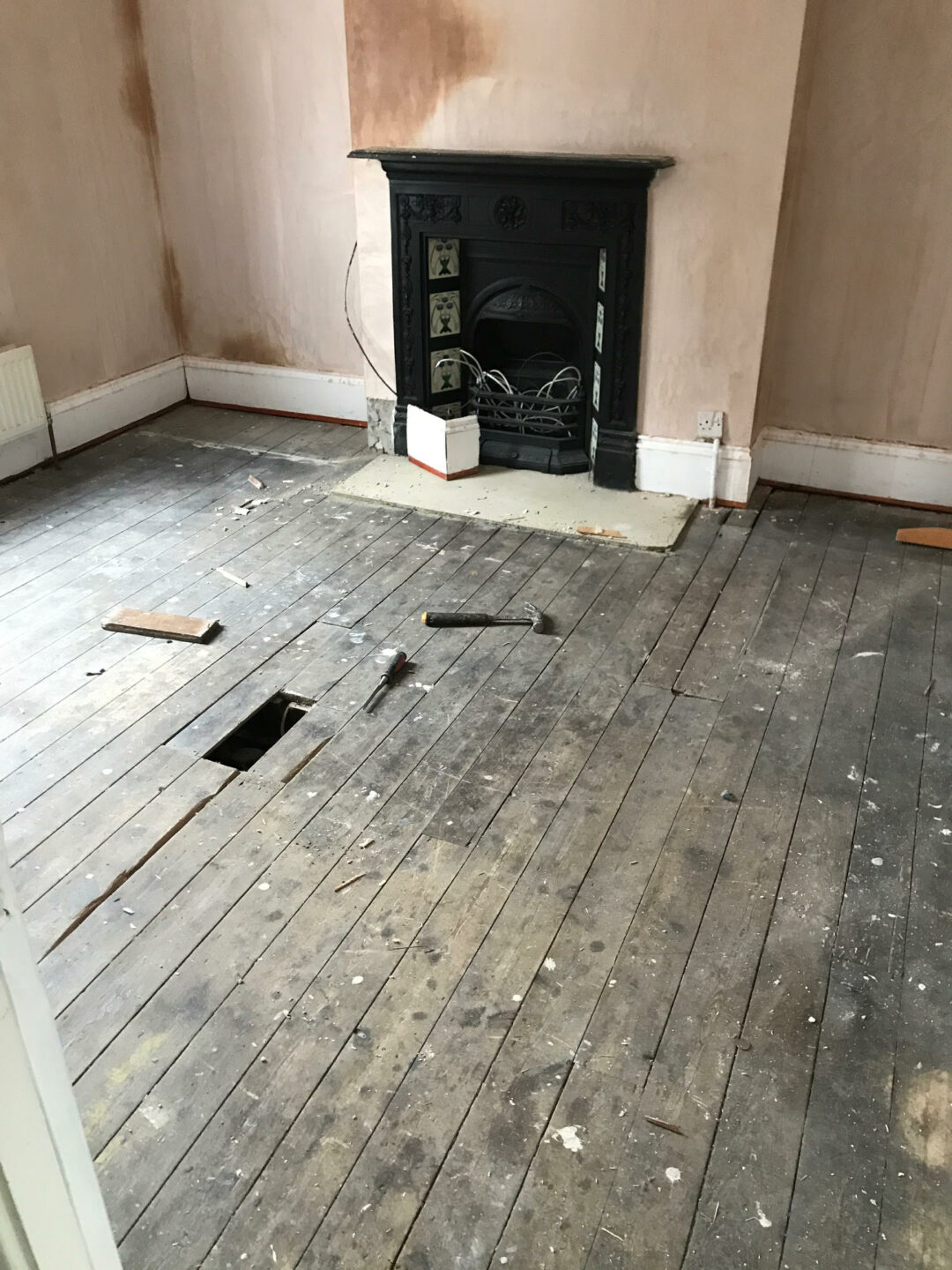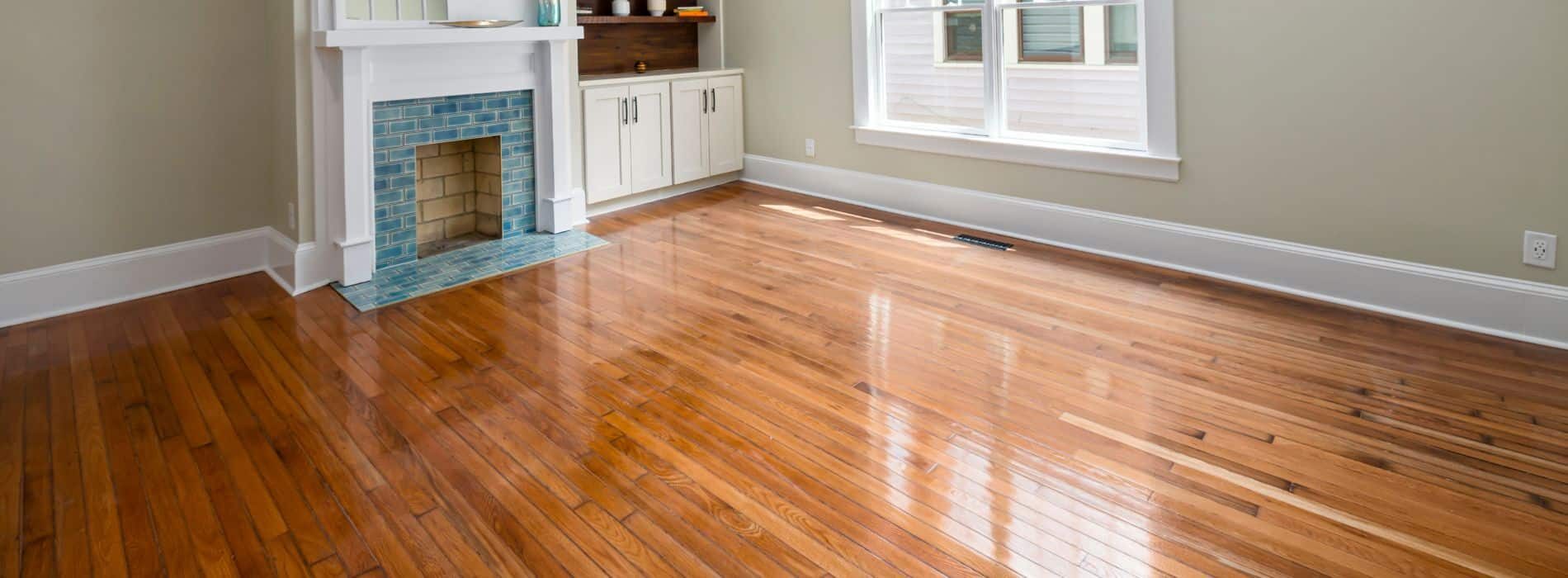London:
Nationwide:
The Advantages of Wet Screening for Your Floors
Posted on January 17, 2024
Floor sanding techniques
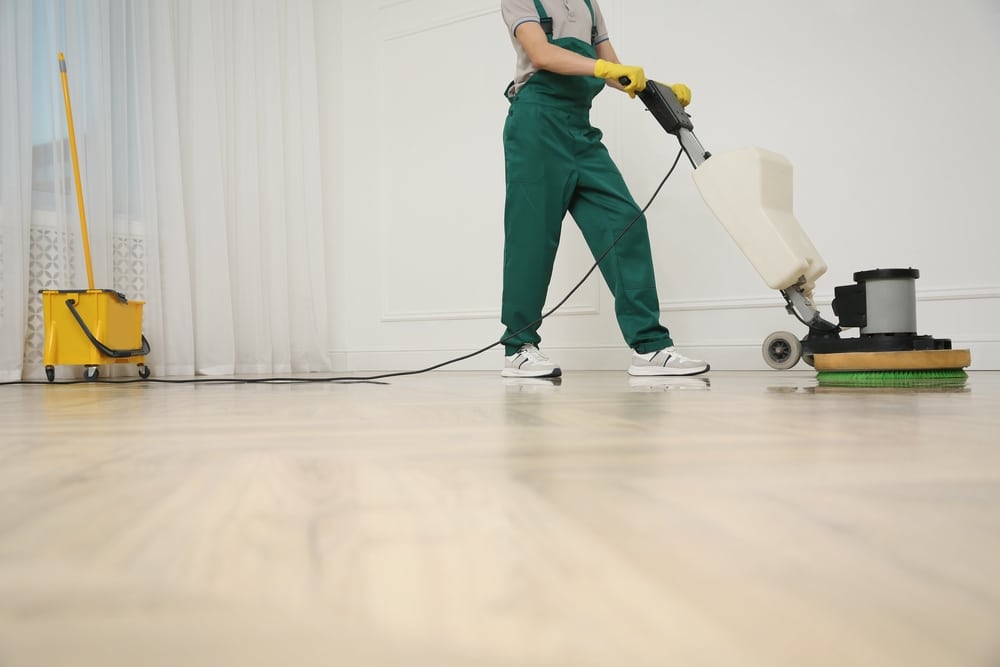
Unlocking the Benefits of Wet Screening for Your Floors
In a world often dominated by rapid industrialization and artificial finishes, there is a forgotten artistry in embracing the raw and elemental aspects of nature. Mass-produced and synthetic alternatives have overshadowed the allure of authenticity and the beauty of natural materials. However, within this contemporary landscape of flooring options, a resurgence is taking place—a return to the timeless elegance of wet screening.
Wet screening, often overlooked in favour of more conventional methods, stands as a testament to the enduring charm of simplicity. It harks back to an era when craftsmanship was valued and each floor was a work of art, carefully shaped by the skilled hands of artisans. This method, rooted in tradition and steeped in history, brings forth the innate character of wood and other natural materials.
As we journey through the depths of this blog post, we shall explore the many facets of wet screening, delving into its advantages and uncovering the hidden treasures it bestows upon your floors. By understanding the artistry and practicality of this approach, you will gain insights into why wet screening is a choice that resonates with those who seek authenticity in their living spaces.
Prepare to embark on a voyage that celebrates the beauty of imperfections, the resilience of natural materials, and the profound connection between your environment and your soul. Wet screening is more than just a technique; it is a philosophy that invites you to rediscover the allure of your floors in a manner that is both aesthetically pleasing and environmentally responsible.
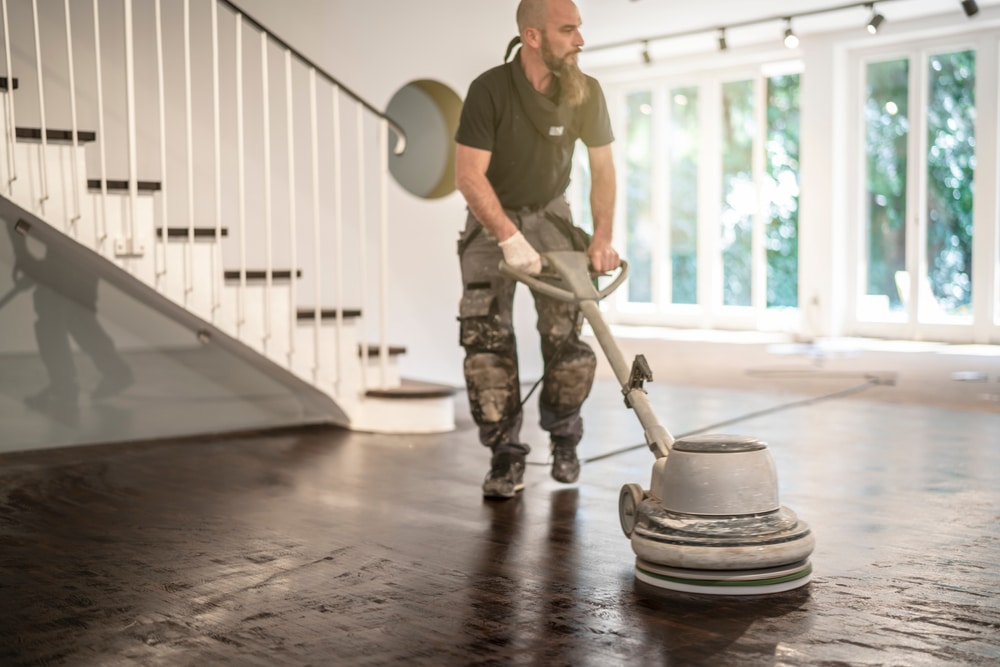
The beauty of wet screening
In a world increasingly defined by the relentless pursuit of perfection, there is a unique charm in embracing imperfections. The beauty of wet screening lies in its ability to showcase the inherent character of your floors, allowing their true personalities to shine through. Unlike modern, sterile finishes that seek to erase every blemish, wet screening enhances the natural aesthetics of wood, stone, or concrete surfaces.
When you opt for wet screening, you are not merely applying a finish; you are engaging in a transformative process that honours the history of your floors. Each crack, knot, and grain becomes a part of a larger narrative, a testament to the passage of time and the stories embedded within the material.
Wet screening is a tactile experience, one that connects you to the earthy essence of your flooring. As the water penetrates the surface, it reveals the intricate patterns and textures that might have remained hidden under conventional sealants. This process turns your floors into living canvases, where the strokes of nature’s brush are celebrated rather than concealed.
Moreover, wet screening allows you to experiment with various levels of sheen, from matte to glossy, to achieve the exact aesthetic you desire. Whether you seek the rustic allure of an antique farmhouse or the sleek elegance of a modern loft, wet screening accommodates your vision, making your space a unique reflection of your personality.
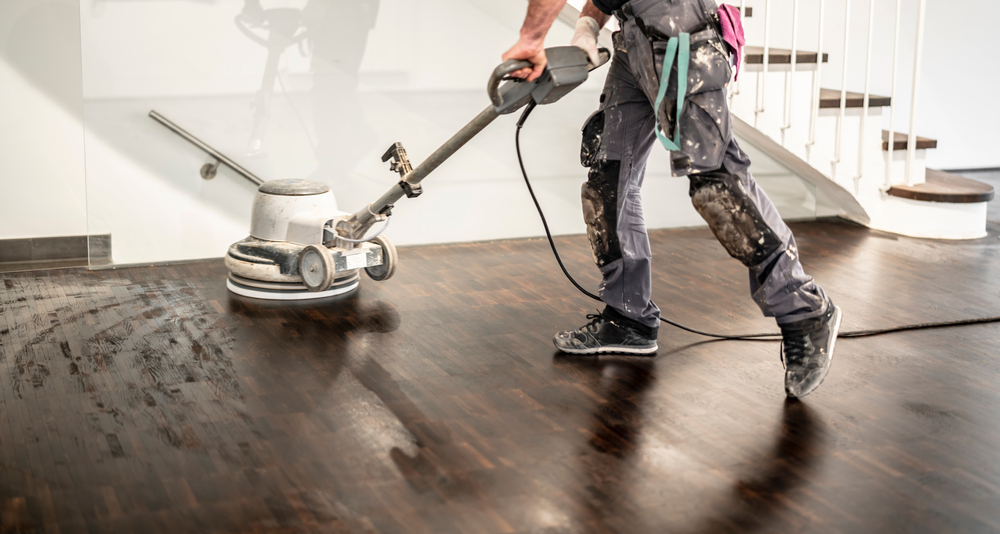
Enhancing Aesthetic Appeal through Wet Screening
The magic of wet screening does not stop at revealing the natural beauty of your floors; it extends to enhancing their aesthetic appeal. The rich, organic hues of wood are accentuated, the subtle variations in colour and tone are amplified, and the overall visual impact is heightened.
Unlike artificial finishes that can appear uniform and lifeless, wet screening breathes life into your floors. It captures the essence of your space, adapting to the ever-changing play of light and shadow throughout the day. Your floors become a dynamic canvas, responding to the moods of your environment and adding depth to your interior.
Moreover, the tactile quality of wet screening is a sensory delight. As you walk barefoot on these finished surfaces, you can feel the warmth and authenticity beneath your feet. There’s an intimacy in this connection between you and your floors that transcends the visual; it’s a visceral experience that fosters a sense of harmony and unity with your living space.
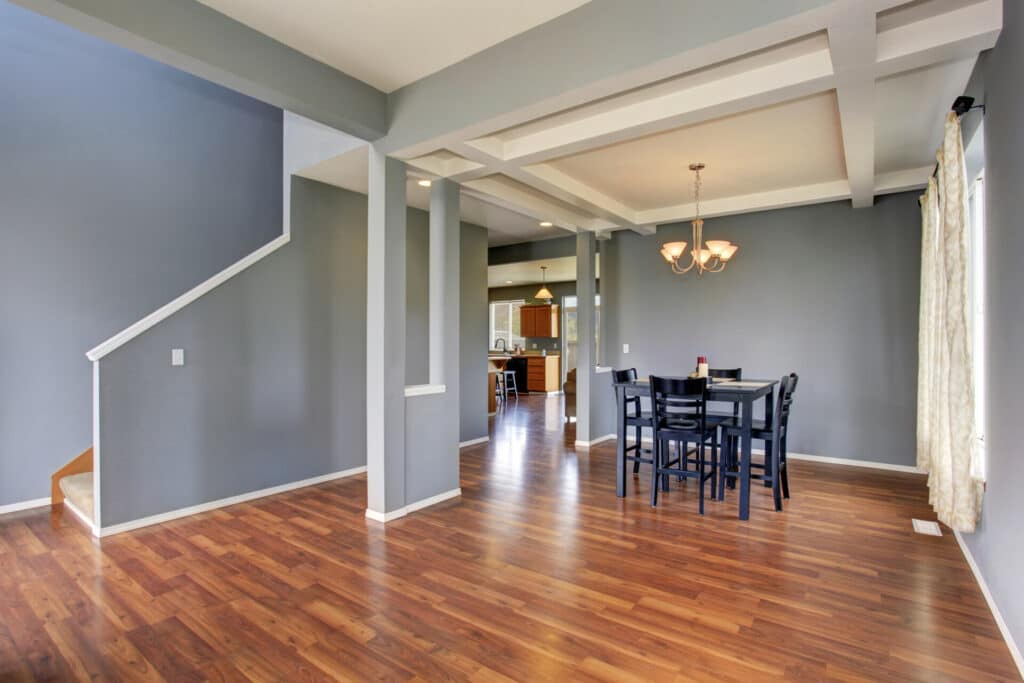
The Practical Advantages
In the world of flooring, durability is a paramount concern. A floor that withstands the test of time, daily wear and tear, and the whims of an ever-changing environment is an invaluable asset. This is where wet screening shines as a blessing for your floors.
Wet screening, unlike some traditional finishes, doesn’t just sit on the surface; it penetrates deep into the material. This penetration creates a bond that is far more resilient and long-lasting than superficial coatings. As a result, your floors become more resistant to scratches, dents, and abrasions, preserving their beauty for years to come.
Furthermore, wet screening’s ability to adapt to the natural expansion and contraction of the material means it is less likely to crack or peel, a common issue with some conventional finishes. This flexibility ensures that your floors remain stable and intact, even in the face of fluctuating humidity levels and temperature variations.
The durability of wet screening extends to its water-resistant properties. It forms a protective barrier that repels moisture, making it an excellent choice for areas prone to spills or high humidity, such as kitchens and bathrooms. This resistance to water damage not only prolongs the life of your floors but also reduces the risk of mould and mildew, creating a healthier indoor environment.

Resisting Wear and Tear with Water’s Grace
While durability is a vital practical advantage, wet screening offers yet another gift: the graceful resistance to wear and tear. Unlike some traditional finishes that require frequent refinishing to maintain their appearance, wet screening offers a solution that endures.
As the years go by, your floors will naturally experience foot traffic, furniture movement, and the occasional mishap. Wet screening, with its deep penetration into the material, allows for selective refinishing. Instead of having to refinish the entire floor, you can address specific areas that may have suffered more wear than others, saving both time and money.
Additionally, wet screening ages gracefully. Over time, it develops a lovely patina that adds character to your floors, enhancing their appeal with every passing year. This natural ageing process makes small imperfections or minor damage less noticeable, as they blend seamlessly into the overall charm of your flooring.
The environmentally friendly choice
In an era where environmental consciousness is paramount, wet screening emerges as a beacon of sustainability in the realm of flooring choices. Unlike certain conventional finishing methods that rely on harsh chemicals and synthetic compounds, wet screening opts for a gentler approach that aligns with the principles of environmental stewardship.
One of the remarkable aspects of wet screening is its minimalistic use of resources. The process primarily employs water, allowing it to infiltrate and enhance the natural beauty of your floors. This reduced reliance on chemicals not only benefits the environment but also safeguards the health of those residing within the space.
Furthermore, wet screening is often compatible with reclaimed or salvaged materials, transforming old flooring into something new while preserving the character and history of the wood or other materials. This repurposing not only reduces waste but also lessens the demand for fresh resources, contributing to the conservation of our natural world.
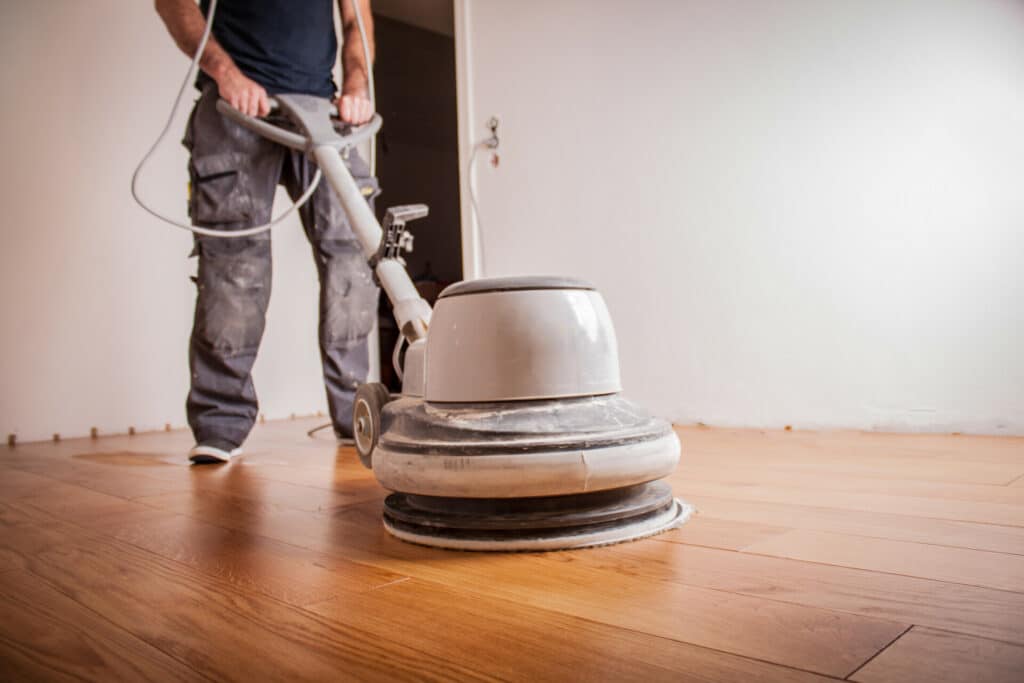
The Eco-Conscious Path of Wet Screening
In addition to resource efficiency, wet screening boasts a lower carbon footprint compared to certain traditional finishes. By eliminating or significantly reducing the use of harmful solvents and VOCs (volatile organic compounds), wet screening minimises air pollution and promotes indoor air quality. This eco-conscious approach ensures that your living space remains not only aesthetically pleasing but also healthy and environmentally responsible.
Moreover, wet screening aligns with the philosophy of longevity. The durable and resilient finish it provides means that your floors will require fewer refinishing treatments over their lifetime. This translates to less waste, fewer resources consumed, and a reduced environmental impact. Wet screening, therefore, offers a sustainable path that extends beyond its initial application.
As you journey through the rest of this blog post, you will gain a deeper understanding of wet screening’s process, maintenance, and real-world applications. By the end, you will have a comprehensive view of why choosing wet screening is not just a practical and aesthetically pleasing option but also a responsible choice that supports the well-being of our planet.
The process unveiled
Now that we have explored the aesthetic and practical allure of wet screening, it’s time to unveil the intricate process behind this transformative method. Wet screening, while rooted in simplicity, demands precision and craftsmanship to bring out the best in your floors.
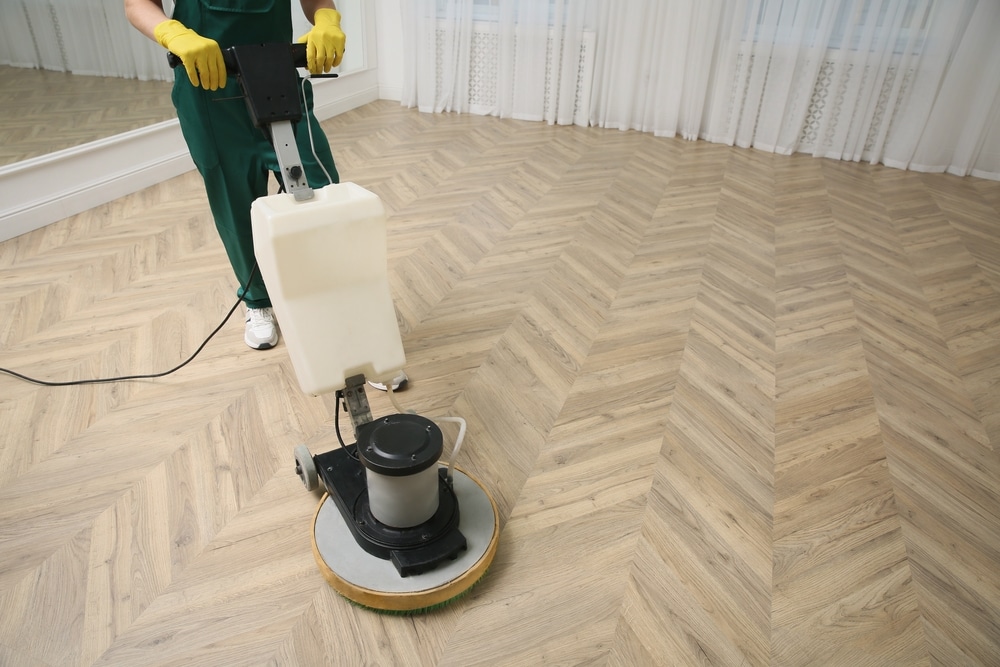
Surface Preparation:
Wet screening begins with meticulous surface preparation. Any imperfections, such as scratches, stains, or unevenness, are addressed at this stage. The goal is to create a clean, smooth canvas that will absorb the water-based finish evenly.
Sanding:
Following surface preparation, sanding is a crucial step. It involves carefully sanding the surface to remove any remaining finish or inconsistencies, ensuring that the material is receptive to the wet screening process. This step may vary depending on the type and condition of the flooring material.
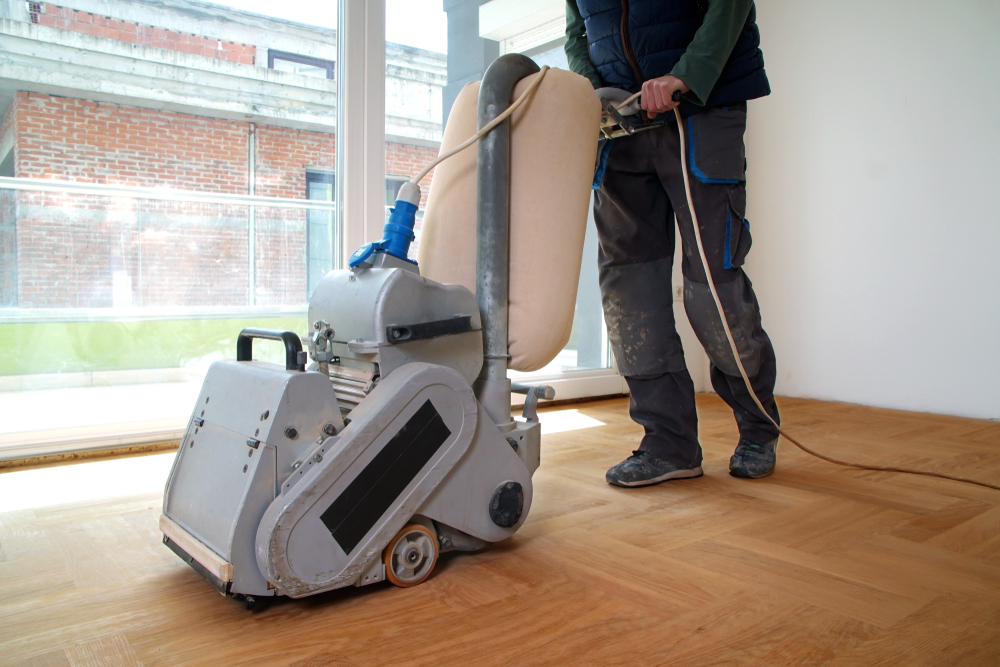
Application of Water:
The heart of wet screening lies in the application of water to the prepared surface. Water is liberally spread across the flooring, penetrating deep into the material. This hydration rejuvenates the wood or other natural material, causing it to expand slightly.
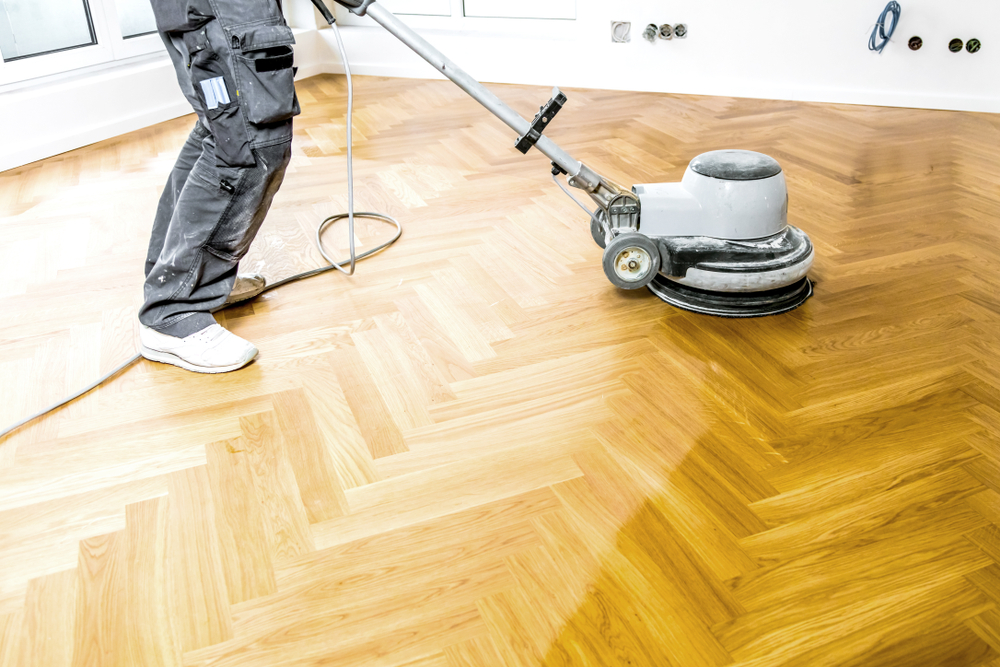
Sanding Again:
Once the water has been absorbed and the surface has dried, another round of sanding is performed. This step smooths out any raised grain or roughness caused by the initial hydration. It further enhances the material’s ability to accept the finish evenly.
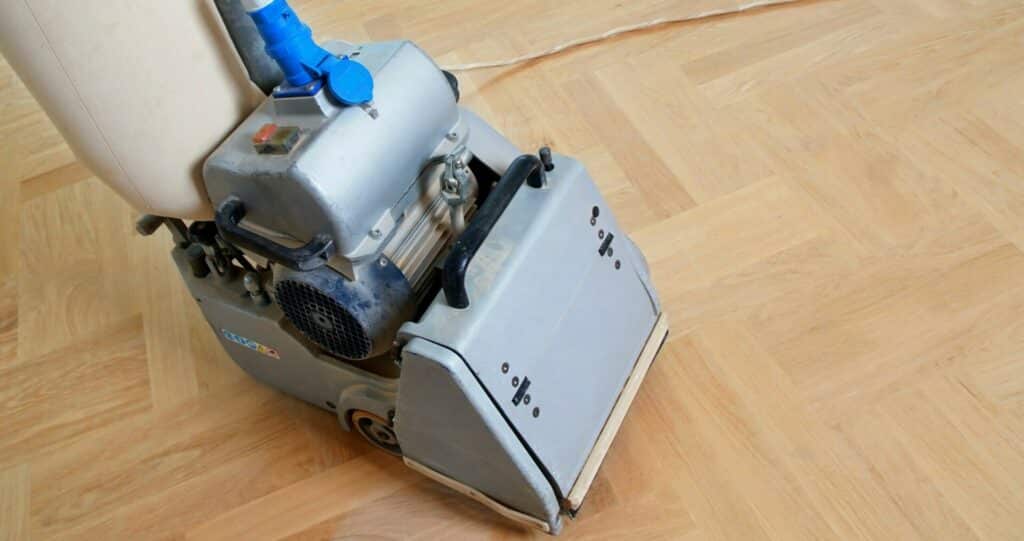
Application of Finish:
After the final sanding, a water-based finish is applied. This finish is carefully chosen to match your desired sheen level and protect your floors. It is applied in thin, even coats, allowing it to penetrate into the material and create a seamless bond.
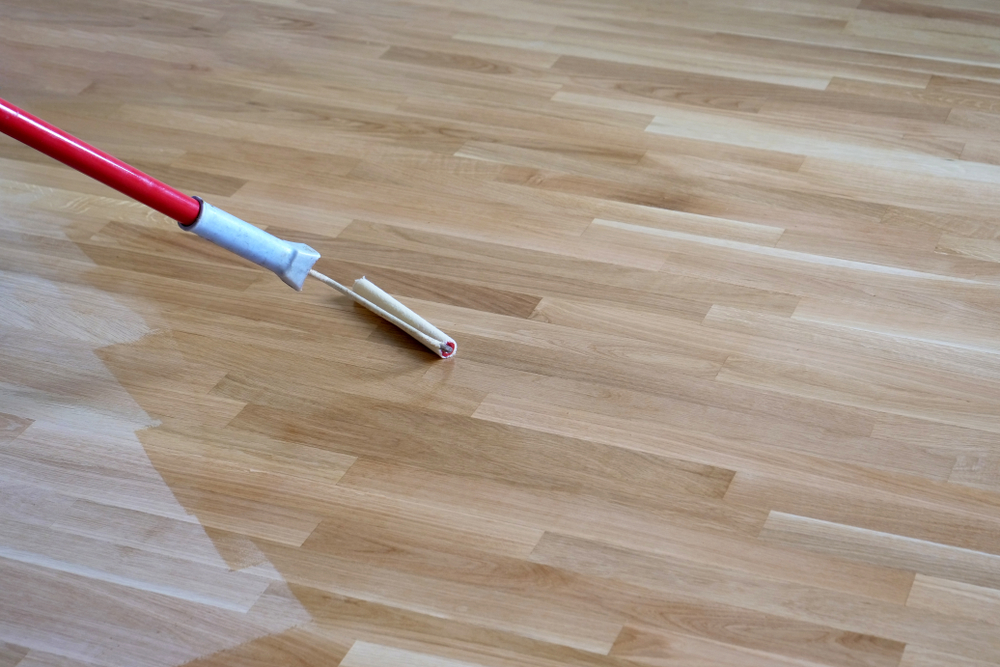
Drying and Curing:
The applied finish is left to dry and cure thoroughly. This stage may require patience, as it ensures the longevity and resilience of the wet screening finish. The curing process allows the finish to harden and become an integral part of your floors.
Final Touches:
Once the finish has cured, any necessary touch-ups or refinements are made. This attention to detail ensures that your wet-screened floors attain the desired level of beauty and durability.
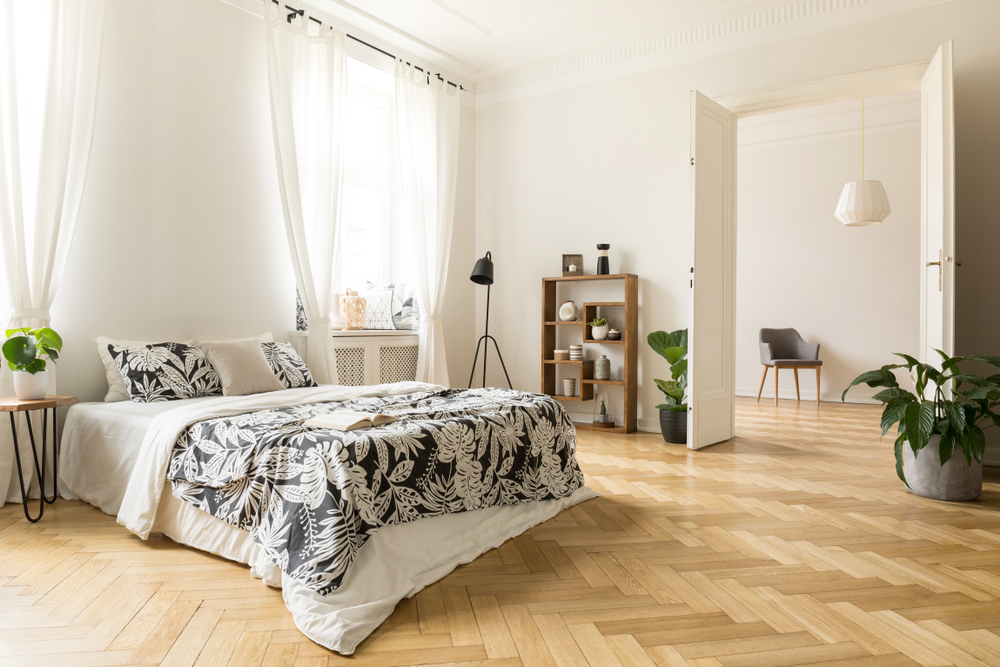
Wet Screening: Maintenance and Care
The enduring beauty of wet-screened floors is not solely a result of the initial process but also a product of thoughtful maintenance and care. To ensure that your floors retain their charm for years to come, consider the following tips:
Regular Cleaning:
Regular cleaning is essential to remove dirt, dust, and debris that can scratch the surface over time. Use a soft broom, microfiber mop, or vacuum cleaner with a soft brush attachment to keep your floors clean.
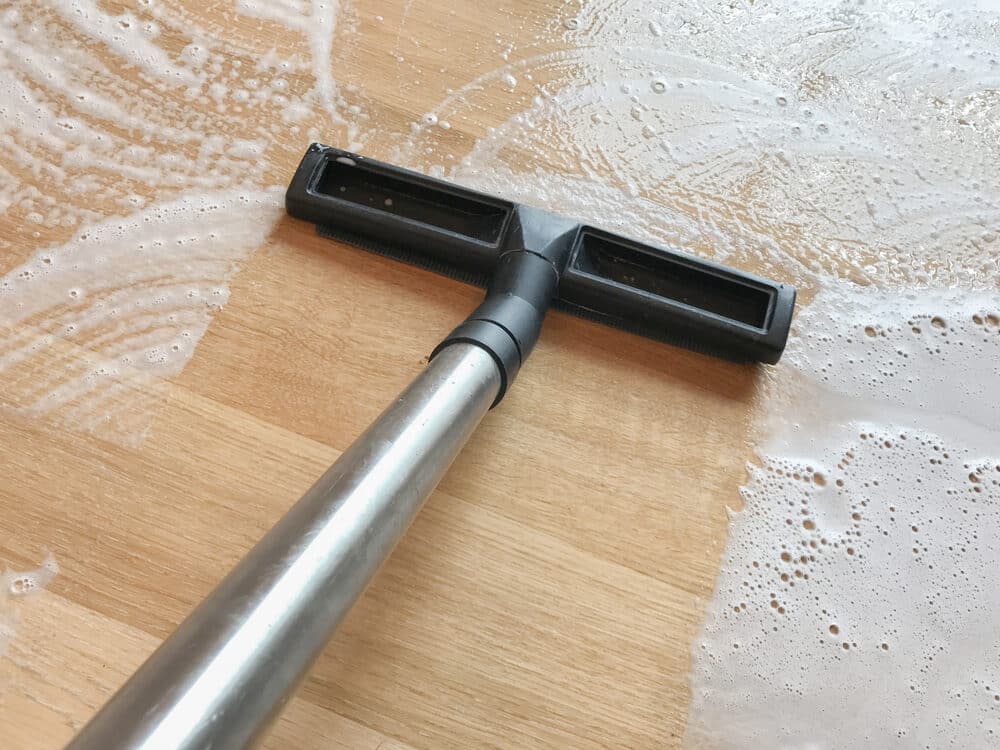
Avoid Harsh Chemicals:
Stay away from harsh cleaning products that may damage the finish or alter its appearance. Opt for pH-neutral, water-based cleaners specifically designed for wet-screened floors.
Wipe Up Spills Promptly:
Accidental spills can occur in any home. Be sure to clean up any liquid spills promptly to prevent water damage or staining. Use a damp cloth or mop to wipe the affected area.
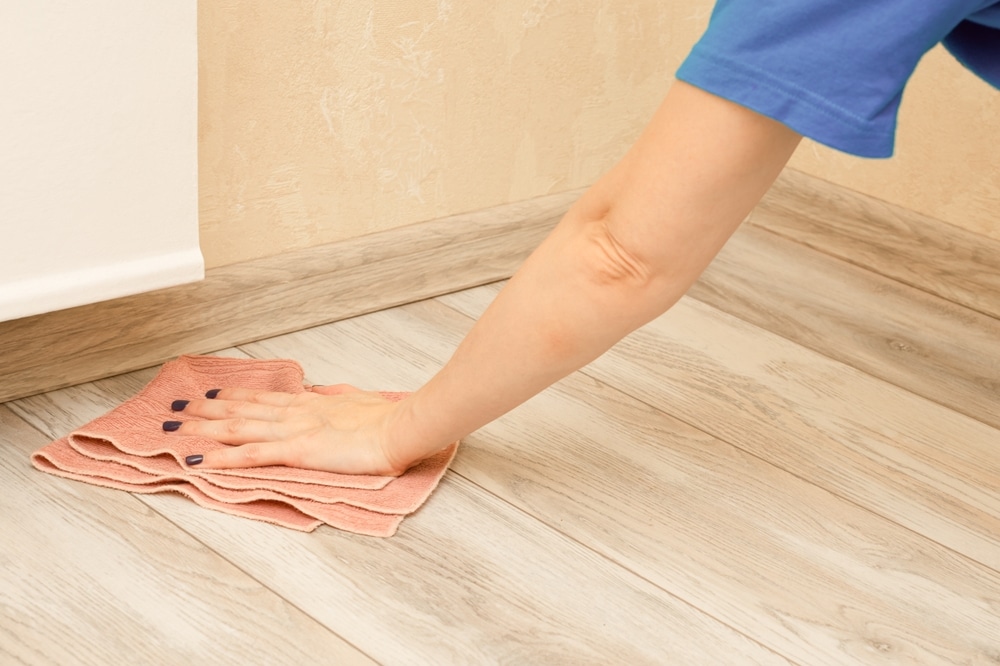
Use Protective Furniture Pads:
Place felt or rubber pads under furniture legs and heavy objects to prevent them from scratching or denting the finish when moved or shifted.
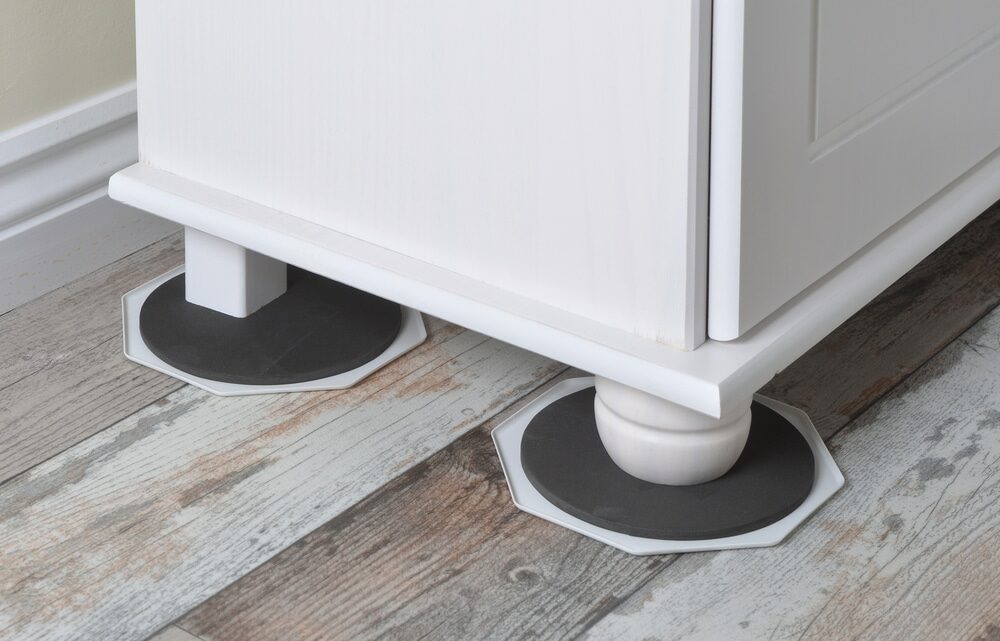
Rugs and Mats:
Consider placing rugs or mats at entryways to trap dirt and moisture from shoes. This helps protect your floors and reduces wear in high-traffic areas.
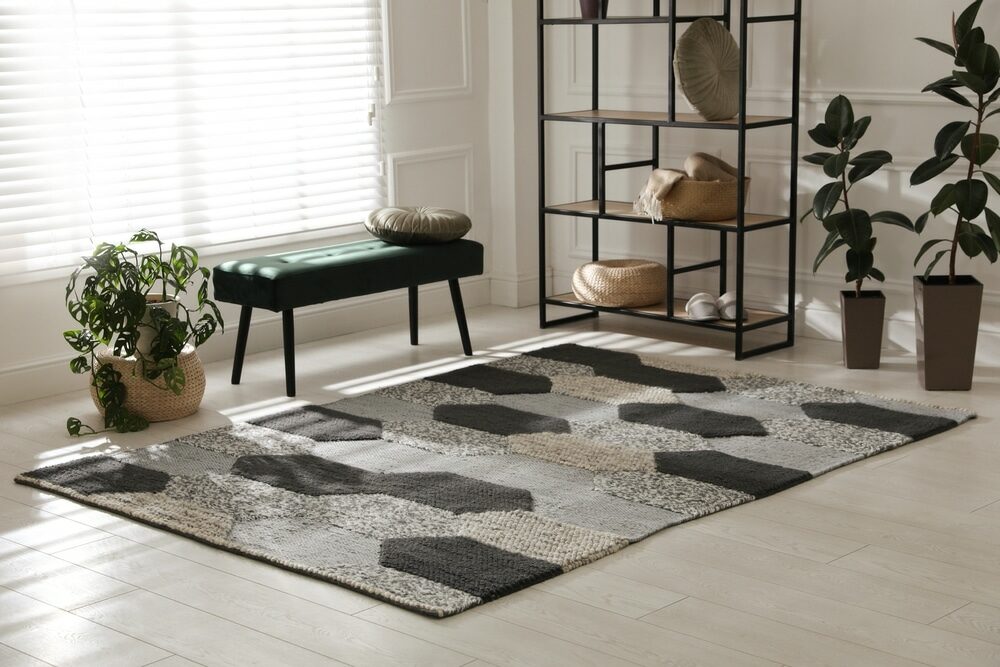
Manage Humidity:
Maintain a consistent indoor humidity level to prevent excessive expansion or contraction of the flooring material. Use a humidifier or dehumidifier as needed to achieve the ideal range.

Periodic Maintenance:
Depending on foot traffic and wear, your wet-screened floors may benefit from periodic maintenance. This can include light sanding and reapplication of the water-based finish to refresh the appearance.
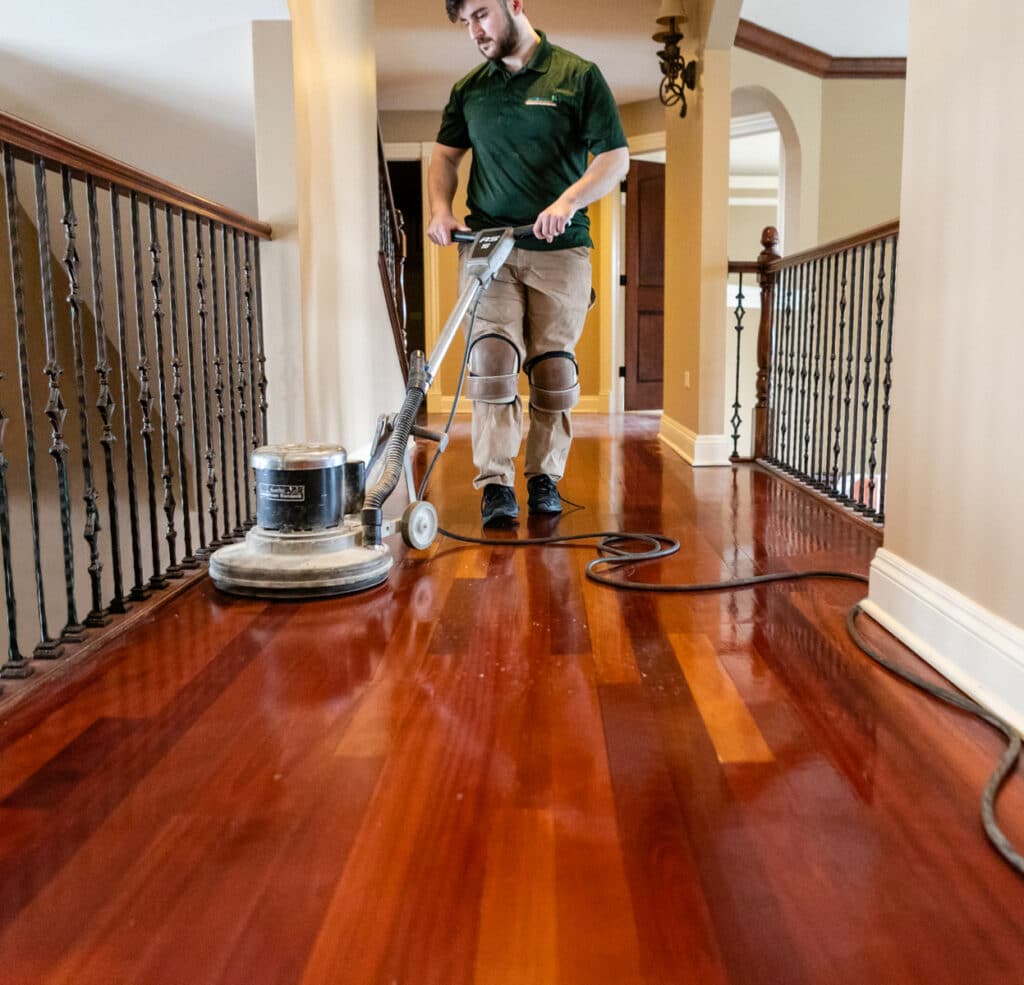
Expert Guidance:
If you’re unsure about maintenance or have specific concerns, consult with a flooring professional who specialises in wet screening. They can provide tailored advice and services to keep your floors in pristine condition.
By following these maintenance and care guidelines, you can ensure that your wet-screened floors continue to exude their natural beauty and charm, standing as a testament to the enduring elegance of this unique flooring method.
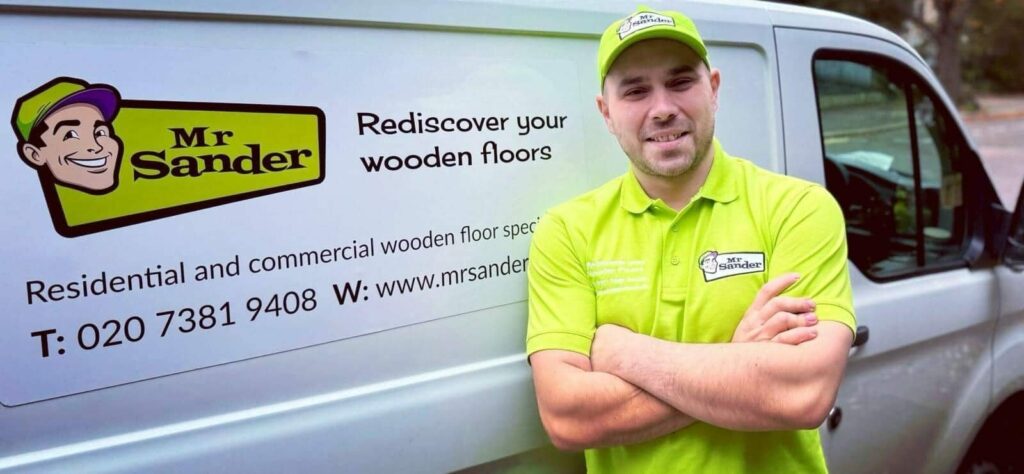
Wet screening vs. traditional methods
As we journey deeper into the realm of wet screening, it’s crucial to consider how this approach compares to traditional methods of finishing and caring for your floors. Here, we undertake a comparative analysis to highlight the advantages of wet screening:
- Durability: Wet screening provides a durable finish that penetrates deep into the material, resisting wear and tear, scratches, and water damage. Traditional Methods: May require more frequent refinishing and are susceptible to wear and surface damage.
- Environmental Impact: Wet Screening: Utilises water-based finishes with minimal environmental impact, reducing the use of harsh chemicals and VOCs. Traditional methods often involve the use of solvent-based finishes that release harmful emissions into the environment.
- Aesthetic Appeal: Wet screening enhances the natural beauty of the flooring material, showcasing its character and unique textures. Traditional Methods: May mask imperfections but can result in a uniform, less authentic appearance.
- Maintenance: Wet screening requires regular but gentle cleaning, with the option for selective refinishing of specific areas. Traditional Methods: May demand more frequent and extensive maintenance, including complete refinishing.
- Longevity: Wet screening offers long-lasting results with the potential to refresh the finish over time. Traditional Methods: May require more frequent refinishing, leading to a shorter lifespan for the finish.
- Wet Screening’s Edge Over Conventional Floor Finishing
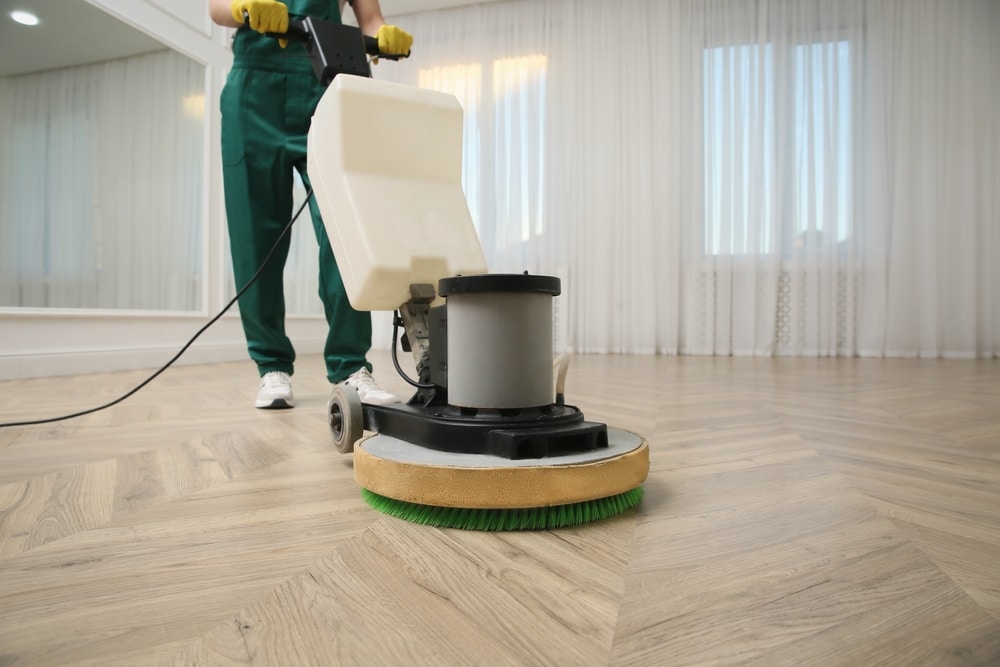
Wet screening distinguishes itself by embracing the principles of authenticity, sustainability, and durability. Its advantages become apparent when compared to traditional methods:
- Environmental Responsibility: Wet screening champions environmental responsibility by using water-based finishes with minimal chemical impact, reducing harm to both indoor air quality and the environment.
- Aesthetic Authenticity: Wet screening celebrates the inherent character of the flooring material, allowing its natural beauty to shine through. In contrast, traditional methods may create a more uniform appearance that conceals imperfections.
- Longevity: Compared to traditional finishes, wet screening creates a deep bond that increases the floor’s durability and longevity.
- Customisation: Wet screening offers a range of finish options, allowing for customisation to achieve the desired sheen and aesthetic. Traditional methods may offer fewer choices.
- Selective Maintenance: Wet screening allows for selective refinishing, addressing only the areas in need, which is both cost-effective and environmentally friendly. Traditional methods may necessitate complete refinishing.
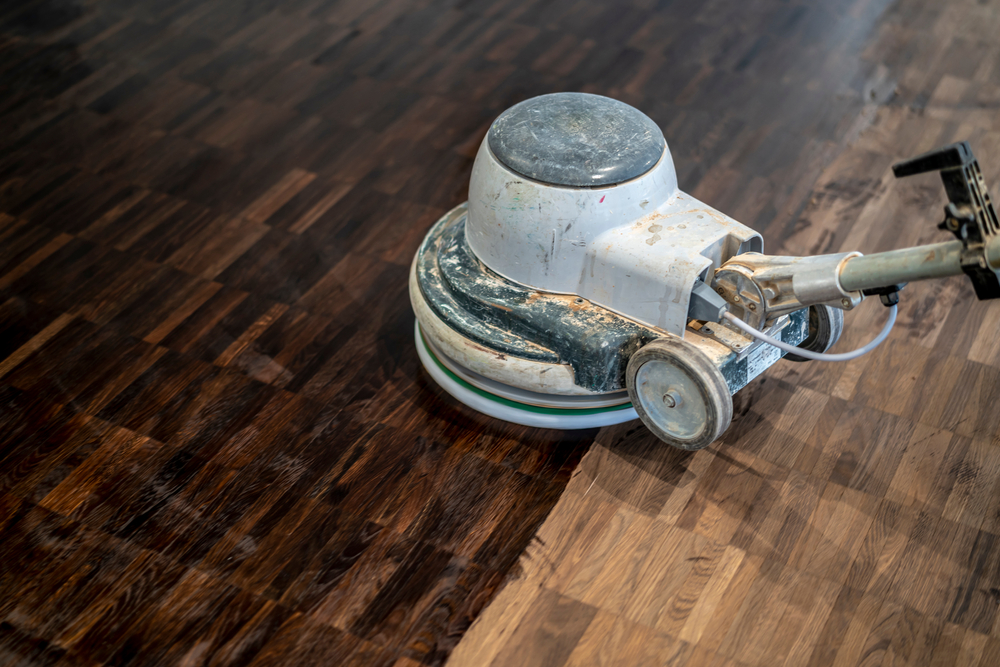
As you delve deeper into the world of flooring choices, keep in mind the distinctive advantages that wet screening offers. It stands as a unique and sustainable approach that harmoniously combines the natural beauty of your floors with the practicality of long-lasting, eco-conscious solutions. In the final section of this blog post, we will explore real-life success stories, offering insights from those who have experienced the transformative power of wet screening firsthand.
Conclusion
In the journey we have undertaken through this exploration of wet screening, we have uncovered a flooring method that transcends the ordinary. Wet screening, rooted in simplicity, reveals its true elegance through its commitment to authenticity, durability, and environmental responsibility.
As we conclude our discourse, let us reflect on the essence of wet screening. It is more than just a process; it is an ethos that invites us to reconnect with the natural world within our living spaces. It encourages us to embrace the beauty of imperfections, the wisdom of sustainability, and the resilience of craftsmanship.
Wet screening’s enduring appeal lies in its ability to tell a story—the story of your floors, enriched by the passage of time and the memories of those who walk upon them. It fosters a sense of harmony between our living spaces and the environment, a harmony that resonates with the values of a conscious and caring world.
In your journey towards selecting the ideal flooring finish, consider the advantages of wet screening: its authenticity, its resilience, and its ecological mindfulness. Allow it to become a part of your home, not merely as a surface beneath your feet but as an embodiment of the values that shape your living environment.
May your choice of wet screening be a testament to your commitment to beauty, sustainability, and longevity. As you tread upon your wet screened floors, may you be reminded of the elegance that can be found in embracing the simplicity of nature.
In the end, wet screening stands as a beacon of elegance, inviting us to experience the beauty of our living spaces in their most authentic and enduring form. It beckons us to be custodians of both our floors and the planet, preserving their timeless allure for generations to come.

Sanding
We provide virtually dust-free sanding with our continuous belt machinery with mobile extraction units, giving you a safer environment for your family.
Oiling
This organic finish not only adds beauty to your home but also has exceptional water-repellent characteristics, making it easier to clean and maintain.
Waxing
This natural floor finish offers the softest and most mellow appearance – and leaves your floor able to breath.
Buffing
Using soft buffing machines (and hand-polishing where required) will bring a wonderful sheen to your newly-finished floor.
Repairs
We offer a full assessment of your wooden floors to determine what repairs are needed to provide the perfect working surface for the later stages of sanding, staining and sealing.
Restoration
We offer a comprehensive restoration process designed to address floors that are improperly fitted or damaged over time through wear and tear.
Request a fixed price quote for your wood floor restoration now
Simply enter your postcode below to get started.
Services
Wood Floor Sanding Wood Floor Restoration Wood Floor Scratch Repair Squeaky Wood Floor Repair Parquet Floor Sanding Parquet Floor Restoration Commercial Floor Sanding Church Floor Sanding Community Centre Floor Sanding School Floor Sanding Gap Filling Gap Filling with ResinCopyright © Mr Sander®
Privacy & Cookies Terms & Conditions Complaints Procedure Cancellation Rights Sitemap